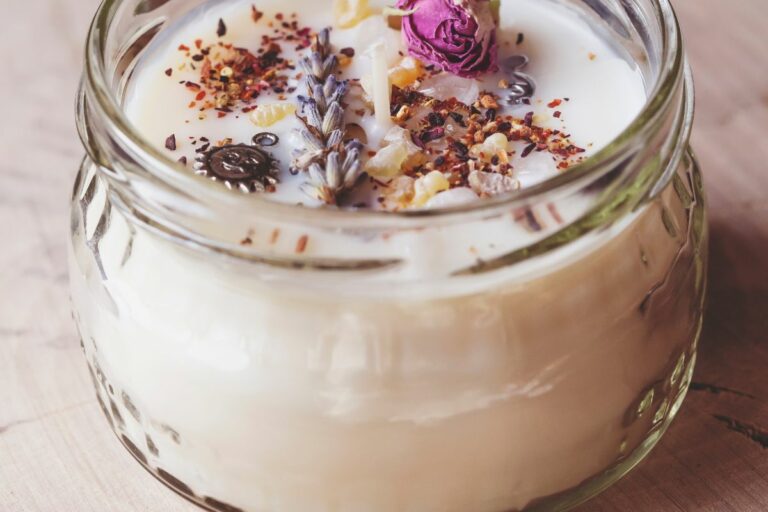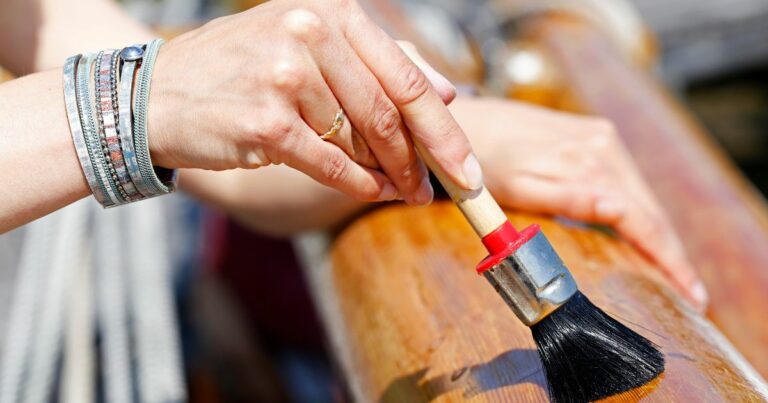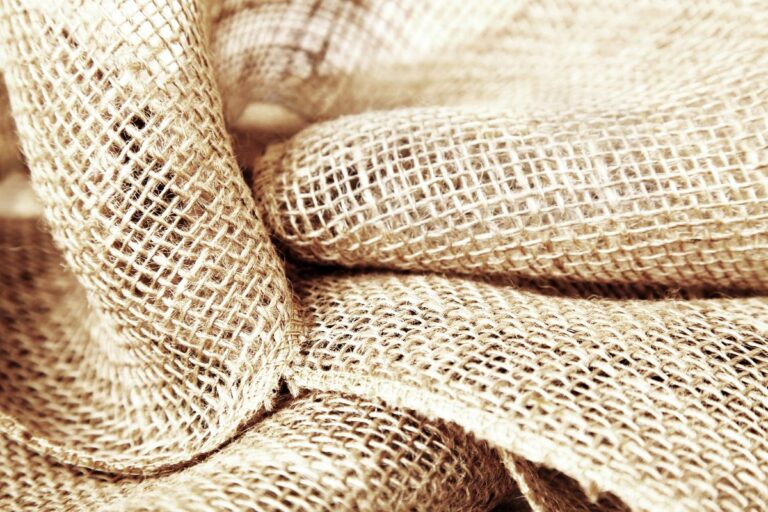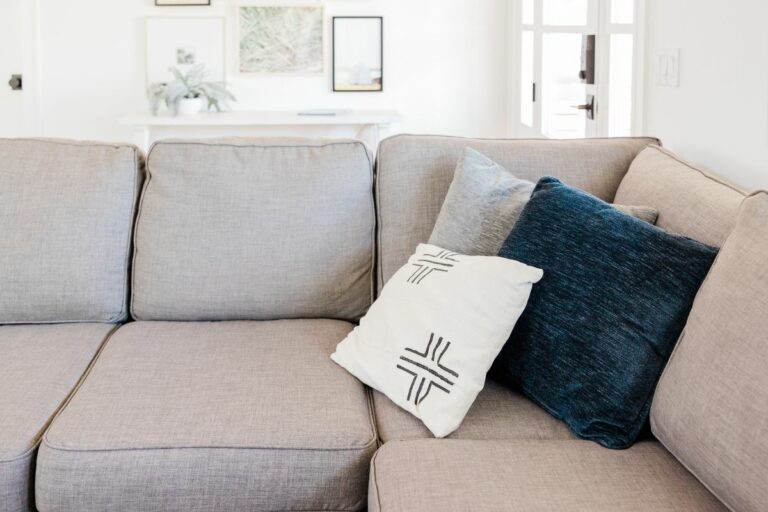Get Rid of Stubborn Urine Smell on Wood: Proven Techniques
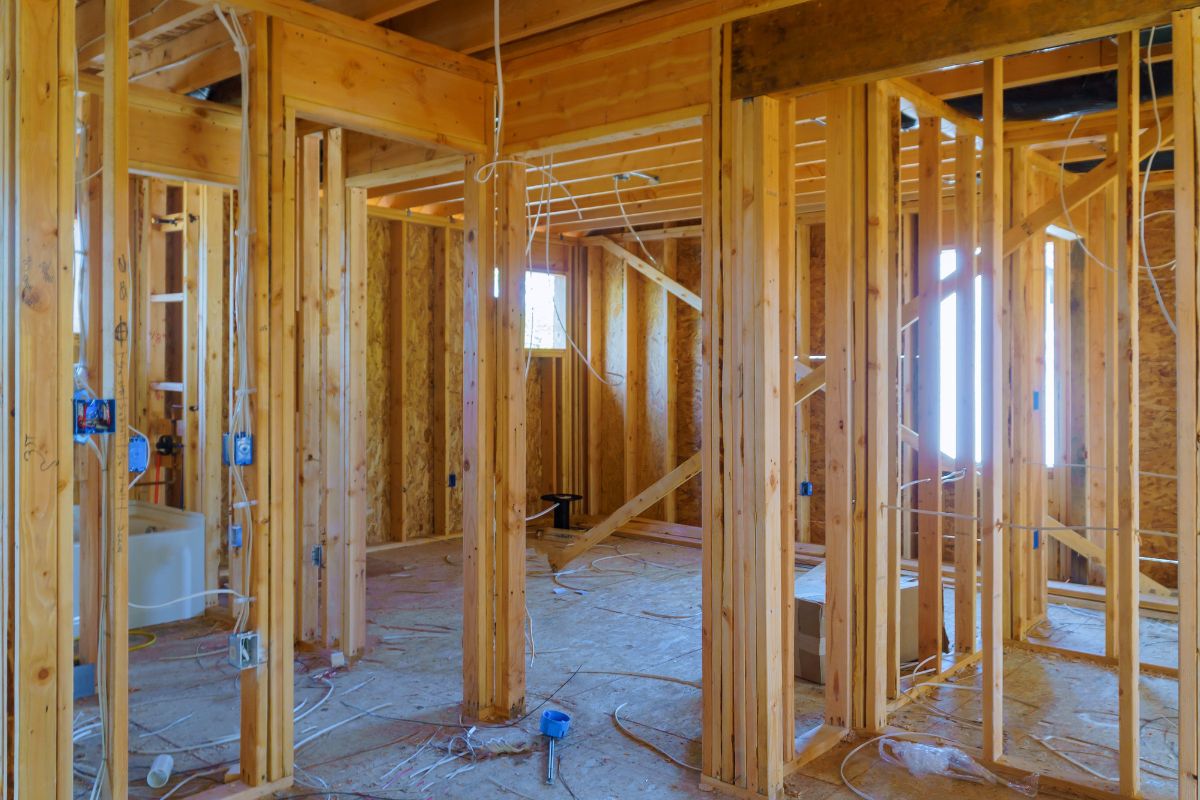
Are you tired of the persistent smell of urine on your wooden floors? Whether it’s from pets, young children, or elderly relatives, the unpleasant odor can linger for days or even weeks.
Fortunately, several effective methods exist to eliminate the smell and restore your floors to their former glory.
One popular approach is to use a mixture of vinegar, grapefruit oil, and warm water to scrub the floorboards. Another option is to create a cleaning solution with baking soda, white vinegar, dish soap, and hydrogen peroxide.
Alternatively, you can sprinkle bicarbonate of soda on the affected area and drizzle vinegar carefully on top. Another effective odor neutralizer is ammonia, which can be used in a spray bottle with water.
In the following sections, we’ll delve into these options in more detail and provide tips for preventing the smell from returning.
In this article..
- Identifying the Source of the Urine Smell on Wood
- Preparing the Wood Surface for Cleaning
- Mixing and Applying the Vinegar, Grapefruit Oil, and Warm Water Solution
- Creating and Using the Baking Soda, White Vinegar, Dish Soap, and Hydrogen Peroxide Cleaning Solution
- Neutralizing Odors with Bicarbonate of Soda and Vinegar
- Utilizing Ammonia as an Effective Odor Remover
- Preventing Future Urine Smells on Wooden Floors
- Tips for Keeping Your Home Odor-Free
Identifying the Source of the Urine Smell on Wood
Identifying the source of the urine smell on wood can be done by looking for scratches, stains, and discoloration. Marking the affected areas with white chalk or pennies can help pinpoint odor sources. Discoloration may require removal and replacement.
A urine cleaner or a homemade solution with baking soda and peroxide can effectively remove the odor. Test any cleaning solution before applying it to avoid damage to the wood’s finish.
Urine can penetrate deep into the wood and cause permanent damage. Here are some additional tips for identifying the source of urine smell on wood:
- Use a black light or UV flashlight to help detect urine stains that are invisible to the naked eye. The colors will appear as bright spots or streaks under the light.
- The odor may be trapped in the pores if the wood has a porous finish, such as unfinished or unsealed wood. Sanding the affected area can help remove the scent.
- If the urine smell is coming from underneath the wood, such as from a pet accidentally peeing on a rug beneath a hardwood floor, the subfloor may need to be treated and sealed to prevent the odor from permeating the wood.
Prevention is critical to avoiding urine smell on wood in the first place. Here are some preventative measures you can take:
- Train pets to only urinate in designated areas, such as a litter box or outside.
- Place protective mats or trays under pet food and water bowls to catch spills or drips.
- Clean up any pet accidents immediately with an enzymatic cleaner designed specifically for pet urine.
- Regularly clean and refresh the air in your home with an air purifier or open windows to allow for ventilation.
Preparing the Wood Surface for Cleaning
Preparing the wood surface for cleaning is essential to remove any debris or contaminants effectively. First, eliminate visible dirt using a soft-bristled brush or cloth. Next, use baking soda to absorb moisture and white vinegar to remove odors.
For stains, apply petroleum jelly and let it sit for 24 hours. Test cleaning solutions on a hidden area to prevent damage.
To dive deeper into the process:
Remove debris and dirt:
- Use a soft-bristled brush or cloth to gently sweep away any loose debris or dirt on the wood surface.
- Be careful not to scratch the wood surface, and don’t use harsh chemicals or abrasive materials.
Absorb moisture:
- Sprinkle baking soda over the affected area.
- Let it sit overnight to absorb any lingering wetness.
- Use a vacuum cleaner to remove the baking soda residue the next day.
Remove odors:
- Mix equal parts white vinegar and water.
- Dampen a soft cloth with the solution and gently clean the wood surface.
- Avoid using too much liquid, as it can cause swelling and damage the wood.
Tackle stains:
- Apply petroleum jelly to a clean cloth.
- Gently rub it into the stained area, not using too much force.
- Allow the petroleum jelly to sit for 24 hours before cleaning again using a damp cloth.
Mixing and Applying the Vinegar, Grapefruit Oil, and Warm Water Solution
Mixing and applying the vinegar, grapefruit oil, and warm water solution effectively cleans wood surfaces. Mix one cup of vinegar into warm water and add grapefruit oil drops to eliminate unwanted smells.
Remember to test the solution on a small area before cleaning the entire surface to avoid damaging it.
This solution is a great option to remove urine smells from wood surfaces. Mix the solution as instructed and use it to clean the affected area. For more challenging smells, repeat the process until the odor disappears completely.
It’s essential to avoid over-saturating the wood, to test the solution before use, and to wring out the mop or cloth well before cleaning.
The vinegar in this solution provides a natural cleaning agent that effectively removes debris and dirt from wood surfaces. Grapefruit oil has antibacterial properties and a pleasant smell, making it a great addition to the mixture. Finally, adding other essential oils, such as orange or cedarwood, provides a lovely scent that lasts for hours.
Creating and Using the Baking Soda, White Vinegar, Dish Soap, and Hydrogen Peroxide Cleaning Solution
Using baking soda, white vinegar, dish soap, and hydrogen peroxide cleaning solution can effectively remove the urine smell from wood surfaces.
Mix two parts hydrogen peroxide with 1/4 part baking soda in a spray bottle. Then, add 1 cup of white vinegar to the mixture.
To enhance the cleaning power and add a pleasant scent, mix 1/4 cup of natural dish soap with 1/4 cup of baking soda, a few drops of water, and some essential oils such as clove oil.
This creates a heavy-duty kitchen cleaning solution for tackling stubborn stains and smells. Follow these steps for a spotless and odor-free wood surface:
- Test the solution: Apply a small amount of the cleaning solution to an inconspicuous area of the wood first to ensure it doesn’t damage or discolor the finish.
- Spray and let sit: Spray the solution onto the affected area and let it sit for a few minutes to allow the ingredients to break down the odor-causing molecules.
- Wipe clean: Gently wipe away the solution with a damp cloth, ensuring not to oversaturate the wood, which can cause damage.
Besides removing urine smells, this all-natural cleaning solution can be used for various household cleaning tasks. Some examples include:
- Deep cleaning kitchen countertops and appliances.
- Removing soap scum and stains in the bathroom.
- Deodorizing and refreshing carpets and upholstery.
Always test the solution on a hidden area first and follow the specific cleaning directions for each surface to prevent damage. Natural and eco-friendly ingredients ensure a safe and effective cleaning process for any home.
Neutralizing Odors with Bicarbonate of Soda and Vinegar
Neutralizing odors with bicarbonate of soda and vinegar is simple. Just pour baking soda into shallow bowls and place them around smelly rooms. Let them sit for a few days to absorb bad smells. Now, let’s dive deeper into this topic with more details:
Why baking soda and vinegar work together:
- Baking soda absorbs acidic odors
- Vinegar kills odor-causing bacteria
Cleaning surfaces with baking soda and vinegar:
- Mix the two ingredients to form a paste
- Use this mixture instead of soapy water to scrub smelly surfaces
- This combination effectively neutralizes odors on various surfaces
Cleaning drains with baking soda, vinegar, and kosher salt:
- Mix 1/4 cup baking soda, 1/4 cup vinegar, and some kosher salt
- Pour the mixture down the drain for a scrubbing effect
- This combination eliminates odors and unclogs the drain
Utilizing Ammonia as an Effective Odor Remover
Utilizing ammonia as an effective odor remover is an intelligent way to tackle unpleasant smells. Ammonia evaporates and cleanses the air, removing even harsh smoke smell.
A few methods with ammonia include placing a bowl in the center of a room, using a spray mixture, and cleaning walls and cupboards.
For best results when using ammonia, follow these tips:
- Fill a bowl with ammonia and place it in the center of the room with foul odors. This will help to freshen the air as the ammonia evaporates.
- Mix two tablespoons of household ammonia and 3 cups of water in a spray bottle. You can mist this onto non-porous surfaces like countertops and appliances.
- Create a non-sudsing cleaning solution with 1 cup of ammonia and 1 gallon of warm water. You can clean and deodorize walls, cupboards, or other larger surfaces.
Dilute hydrogen peroxide with water (70% water and 30% peroxide) and dampen a cloth with the mixture. Blot the surface with ammonia to remove the smell.
Remember that ammonia has a strong smell, so you’ll want to remove any remaining odor when you’re done.
Always use caution when handling ammonia, as it is a powerful chemical that can cause irritation or harm if not used properly. With proper care and following these tips, you can effectively remove odors from various surfaces with ammonia.
Preventing Future Urine Smells on Wooden Floors
Preventing urine smells on wooden floors can be done by cleaning accidents quickly and using baking soda to absorb odors. You can also use a water-vinegar-baking soda-grapefruit oil mixture to clean and deodorize the floors.
To protect your feet, consider using a rug or mat and training your pet to go outside or use pee pads indoors.
Wooden floors can be damaged by urine, causing a foul smell that is difficult to remove. To prevent future odors, here are some additional tips:
- Consider applying a sealant to your floors to prevent urine from soaking in and causing damage.
- Use enzymatic cleaners that break down the proteins in urine rather than covering the odor with a scent.
- Clean your floors regularly with a PH-neutral cleaner to prevent the buildup of bacteria and odors.
If you’ve tried all these tips and still notice a urine smell on your wooden floors, it may be time to call a professional cleaning service. They can use specialized equipment and techniques to remove the odor and restore your feet to their original condition.
Remember, prevention is key regarding urine smells on wooden floors. By protecting and cleaning your feet regularly, you can ensure that your home stays fresh and odor-free.
Tips for Keeping Your Home Odor-Free
Keeping your home odor-free is easy with these simple tips. To start, replace sponges and towels every one to two weeks to prevent moisture buildup. You can also absorb bad smells with baking soda or use a room refresher spray. And remember to clean your home and take out the trash regularly!
Another natural way to eliminate odors is using lemon basil room spray, DIY reed diffusers, and essential oil wax melts. Incense, air sprays, plug-ins, and candles can do the trick. In addition, opening windows or using an air purifier can improve air circulation and reduce indoor pollutants.
If you’re dealing with a urine smell on wood, clean the area with vinegar and water. If the smell persists, use an enzymatic cleaner specifically for pet urine. Finally, sand the area and apply a coat of sealant to prevent future odors. With these tips, you can keep your home smelling fresh and clean!






